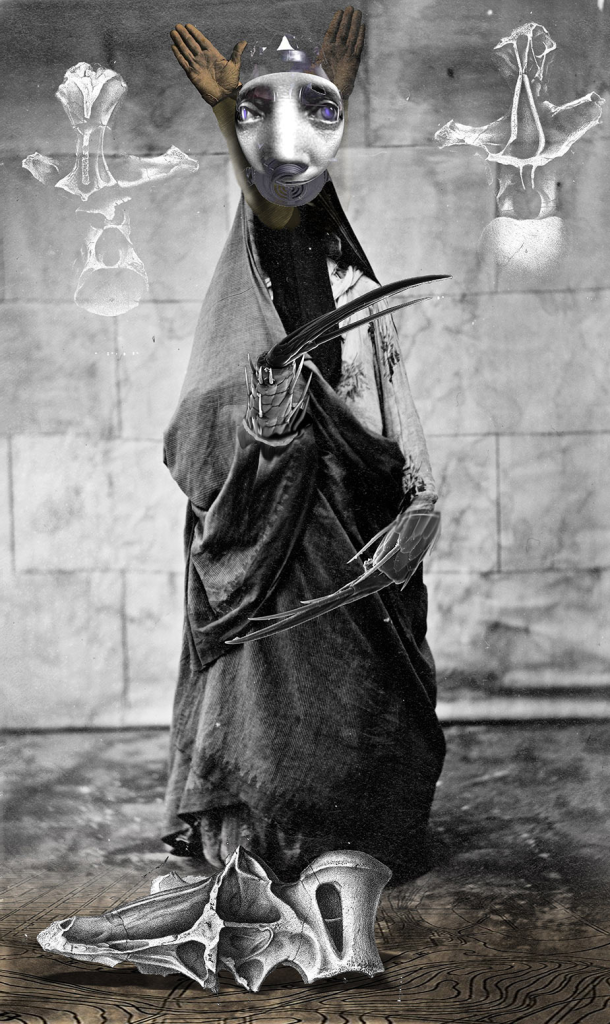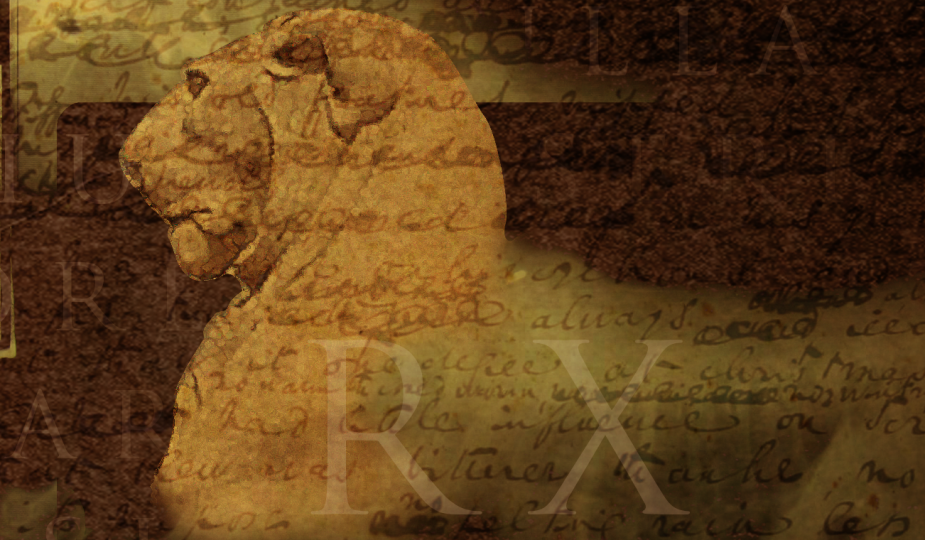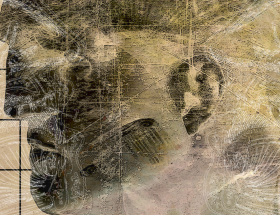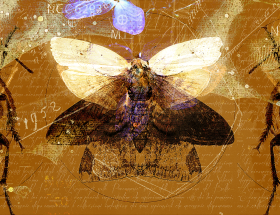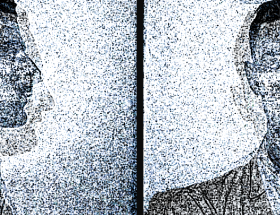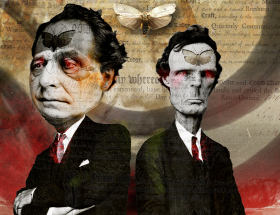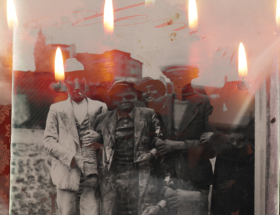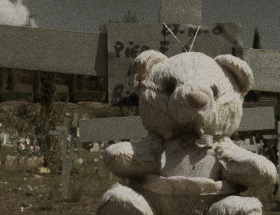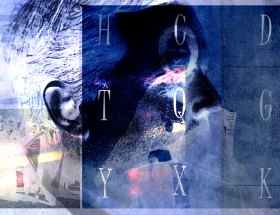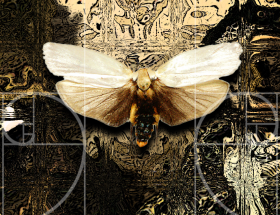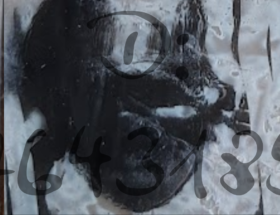Thursday, October 17, 1962 or 1817
To the kind attention of Professor Tildo Sacchini
at the International School of true/false and other involved of sensed
Thursday, October 17, 1962 or 2012.
Dear friend, it is firm in me that I have achieved an unhoped-for result in my research. I believe I have finally understood the reasons why we have those special experiences called déjà vu, those psychic phenomena which, with good reason, fall under the condition of altered memories called Paramnesia. Now, before I give you my conclusions about this particular phenomenon, I would like to tell you the events that led me to this result.
I was subject to déjà vu during my travels as I searched for clues in Jewish sources on the origin of the figure of the angel, particularly in the arguments of the Midrash. Often they turned out to be brief moments in which, having reached the conviction of a repetition, of a situation already experienced, lo and behold a vertigo would forcefully push me out of the condition as if it were a theatrical scene. There remained in me an exhaustion and a deep melancholy of what, however, I really could not tell you. But finally it is of one experience in particular that I want to describe to you even at the risk of appearing as lackluster. An experience I would say a hundredfold greater than the previous ones, it enveloped me for a whole day when I arrived last July in Venice. The estrangement first and, immediately afterwards an eerie sense of familiarity of the calli and buildings I encountered in my wanderings and even the air, that heavy, salty air with its peculiar smell urged strong and conflicting emotions in me, of a past lost and found. “I am home!” I said to myself and yet, at the same time, I realized the absurdity of it all. It was my first time landing in this city. I was walking confidently through the calli, excited in front of a bridge, elated in front of one doorway and afraid in front of another. A whirlwind of emotions that, in a crescendo, took hold of me. I could describe it all as exhilarating madness! Three days I was consumed in anguish and deep nostalgia before returning fully in control of myself.
I enclose the notes of my hypothesis.
Joseph Conti
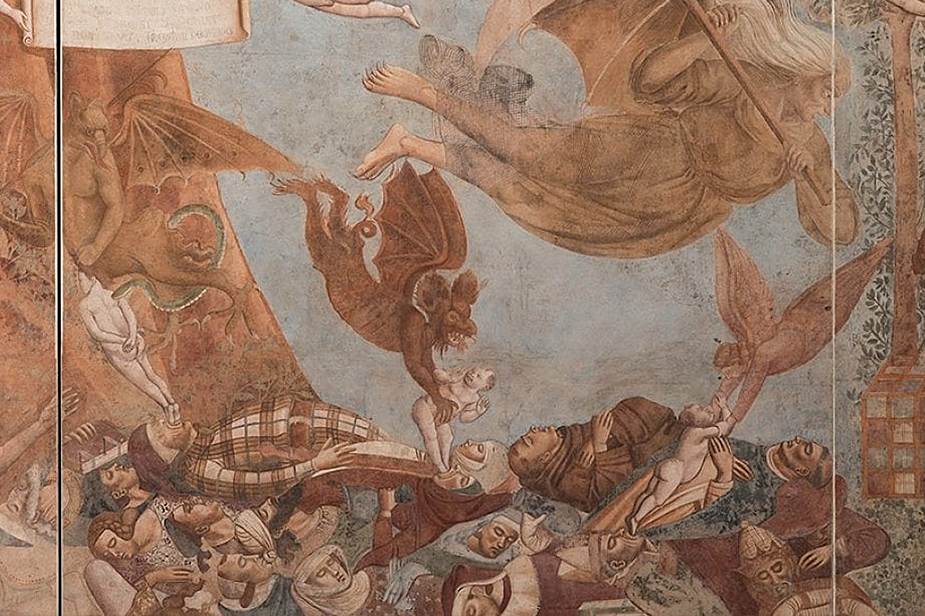
How does this take place? My conclusion is that the access of an external spirit occurs in people predisposed to compassion, people who, at that particular moment, experience some intense emotion. Technically then the mechanism of possession occurs through the oral cavity, small circular currents that wrap around the mouth, follow trajectories that describe Descartes’ logarithmic spiral.
That detail of passing through the mouth has a significant recurrence in many ancient texts. According to the Midrash, the angel of Death is described as a being with numerous eyes covering his body but more importantly he possesses a sword from whose blade gall drips. And here events focus precisely on the mouth. At the end of our life the Angel drops a drop of the liquid into our mouth causing death. At the onset of death the soul comes out of the mouth. The Angel then stands guard to prevent the soul from escaping. Now having established the path for the soul to escape from the body, it is clear that this dynamic can also be conceived of in reverse, that is, as possible access of a spirit into the body.
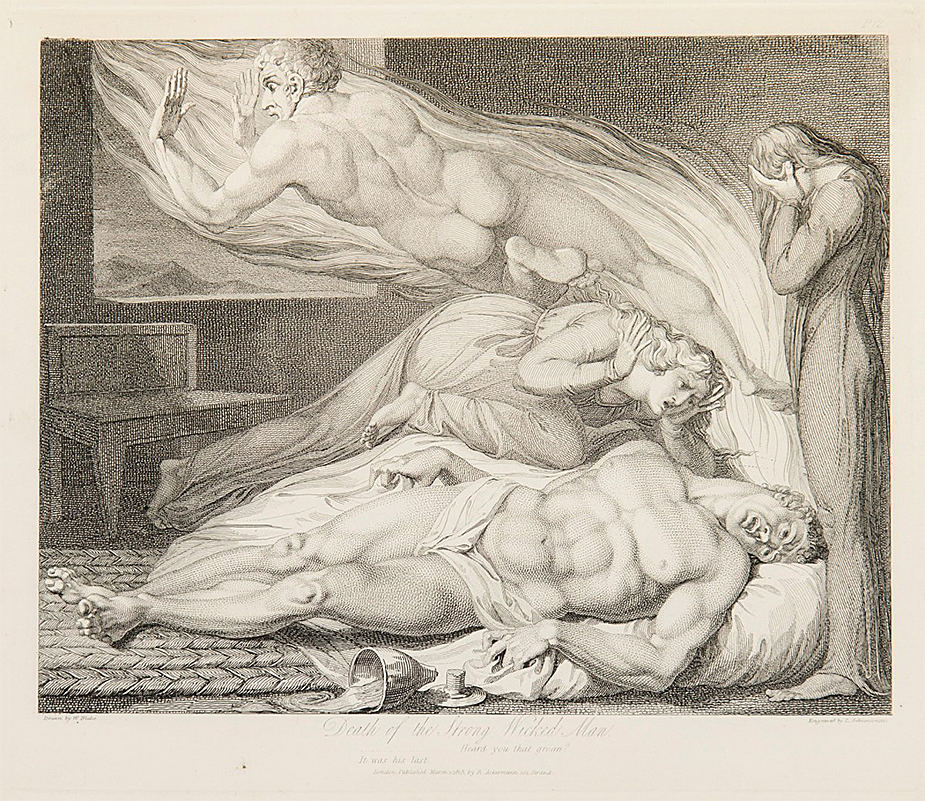
Of the game it says it is
When the soul that wanders into dimensions unknown and distant to us, driven by the inescapable force of nostalgia, brings itself close to our body, which at that moment is pervaded a motion of affection, it introduces itself into us through the mouth by exploiting the breath. And then the presence takes possession of our organs and through their existence, it too exists and enjoys, and suffers,and in short, relives a part of its life! All this does not last long, perhaps because, for the soul as well as for us, it is too intense an experience.
I have also developed a mathematical model that, based on the theories of Chaos and nonlinear dynamics, which, as you know, Poincaré theorized in his foundational studies, uses the dynamics of “strange attractors.” And it was precisely by tracing these studies back to Lorenz’s conclusions about his nonlinear equation describing atmospheric phenomena that I came to describe a model of my own. Now, in my hypotheses, this model that I have called of “atmospheric feelings” locates the origin of these déjà vu in small swirls of air that are created when feelings, in an unpredictable way, reveal themselves to us creating awe and wonder.
Dear and precious friend, I will be frank, I do not believe that I can face the challenge before me alone, the unknown and mighty forces that stand before me are a source of discouragement and deep oppression for me. I have here, close to me, the exhibit 2585 that has inspired me so much and of whose history I can in effect declare myself the most knowledgeable. Yet I feel that still not all aspects of such a bizarre mechanism are unraveled. This find does not present the demarcation of the dreaded degenerate discords, and does not offer at all the subtractive motion that even in similar compounds is expected and obtained.
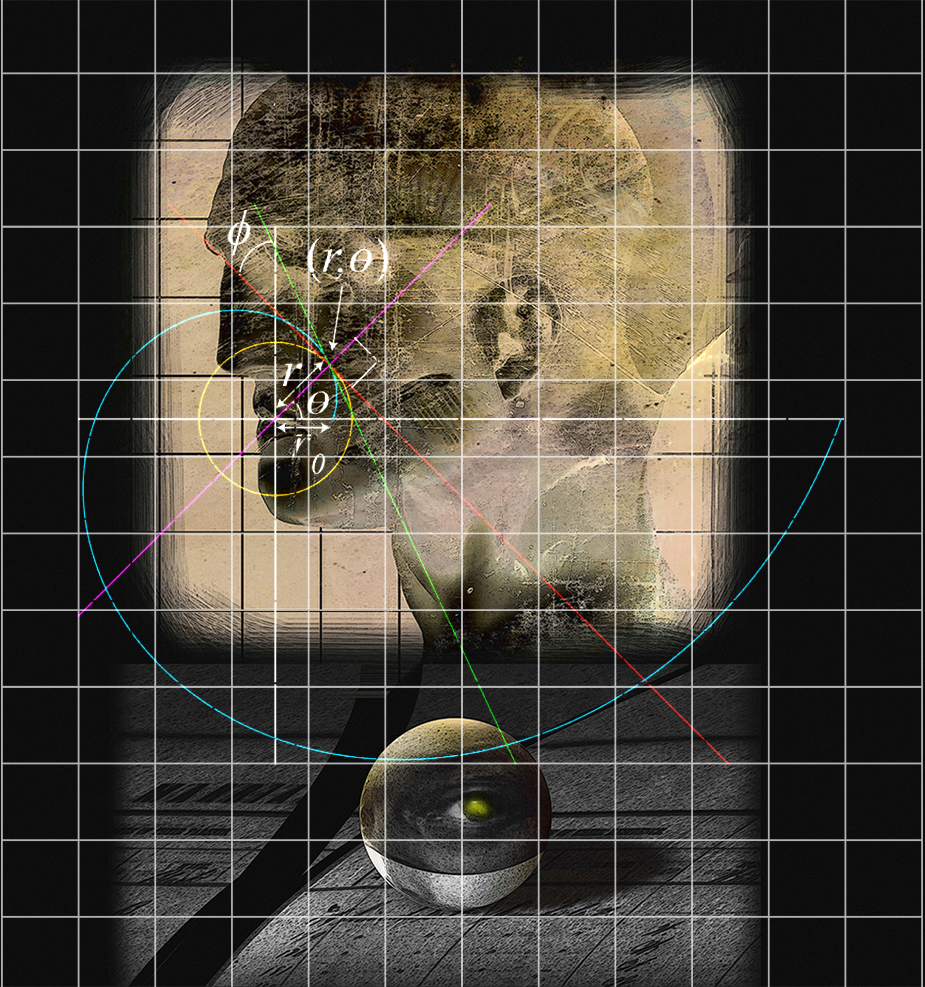
The paths in the air draw spirals, vortices due to the meeting of cold air and warm air. Here is where I found the answer to my thesis. The paths of heat manifesting at the corners of the mouth. There are open problems in my knowledge of the physical tracking, the overlap correspondence. Gaps that suggest to me the reasons why not all existential correspondences are coincidental, symmetrical. My theses still need substantial revision. These are small evolutions of the air currents flowing into the mouth entrance. The link is very significant, manifesting in the “aphanastic forma mentis” all the evidence of overlapping different identities.
The identification of the links is through the catalyst compound that illuminates the tracing of those thermal pathways. The major flaw I think is median thinking….
Look at the dying woman, and see how her soul already detaches itself by coming up out of the mouth of the stomach, which is the usual exit route for the soul when it separates from the body.
Mataele (GVG 4°/128) of Jakob Lorber
